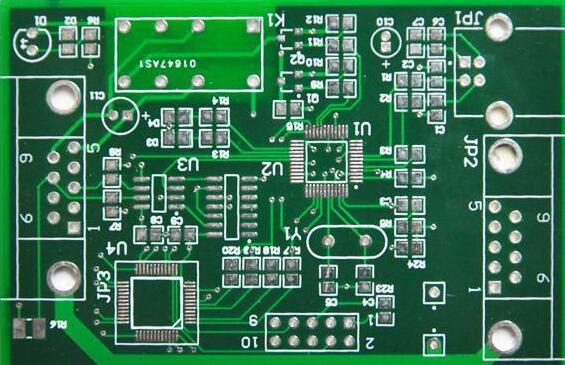Pay attention to pollution during PCBA processing
PCBA contaminants refer to any surface deposits, impurities, slag inclusions and adsorbed substances that reduce the chemical, physical or electrical properties of PCBA to unqualified levels. Ionic or non-ionic pollution generated in PCBAprocessing, when exposed to humid environment or electric field conditions, will cause chemical corrosion or electrochemical corrosion, resulting in leakage current or ion migration, which will affect the performance and life of the product.
According to related statistics, nearly 50% of the failures of PCBA finished products are caused by the environment, and nearly 60% of the failures occur in the warehouse. Although the three-proof coating process can play a certain barrier and protection against environmental impacts, if the pollutants are not cleaned, the coating may lose its protective significance.
Common pollutants that have important hazards to PCBA quality:
Contaminants in PCBA processing include various surface residues, pollutants, and substances adsorbed or absorbed by the surface that can degrade product performance. Various pollutants can be divided into two series: inorganic and organic according to their composition.

1. Inorganic pollutants will reduce insulation resistance, increase leakage current, and corrode metal surfaces in a humid environment.Inorganic pollutants are generally polar pollutants, also called ionic pollutants, which mainly come from PCB (such as etching, electroplating, electroless plating and solder mask processes), component packaging materials, flux, equipment oil, personnel fingerprints and Environmental dust, etc., manifested in various inorganic acids, inorganic salts and organic acids, etc., which need to be removed by polar solvents (such as water or alcohols).
Ionic pollutant molecules have an eccentric electronic distribution, which is easy to absorb moisture. Under the action of carbon dioxide in the air, positive and negative ions are generated, which causes corrosion of the product and a decrease in surface insulation resistance. Electromigration will occur under the presence of an electric field, resulting in branching. Like crystals, leading to leakage and short circuit. The low surface energy of polar contaminants can also make it penetrate the solder mask and grow dendrites under the surface of the board. Of course, polar pollutants can also be non-ionic. When bias voltage, high temperature or other stresses exist, various negatively charged molecules will line up to form an electric current by themselves.
2. Organic pollutants will form an insulating film, affect electrical contact, and even cause open circuit failure.
Organic pollutants are generally non-polar or weakly polar, mostly non-ionic pollution, and need to be removed by non-polar solvents or composite solvents. Non-polar types mainly include rosin, artificial resin, flux thinner, solder mask leveling agent, cleaning agent (such as alcohol), anti-oxidation oil, skin oil, glue and grease, etc., which are represented by long-chain hydrocarbons Or carbon atoms are composed of fatty acids; weakly polar types mainly include organic acids and bases in flux.
Non-ionic pollutant molecules have no eccentric electronic distribution, cannot be separated into ions, and do not cause chemical corrosion and electrical failure, but they will reduce solderability and affect the appearance and detectability of solder joints. It is worth noting that non-polar pollutants can absorb polar pollutants through dust, making them have the characteristics of polar pollutants and causing electrical failures. In addition, such substances have thermal denaturation, which is relatively difficult to clean, and sometimes white pollution occurs after cleaning.
Flux is the main source of contaminants, mainly composed of film-forming agents (rosin and artificial resin), activators, solvents and additives, etc., which produce thermally modified products after welding. At present, the country has higher and higher requirements for environmental protection and greater efforts in link governance. This is a challenge but also an opportunity for PCB factor y. If PCB factories are determined to solve the problem of environmental pollution, then FPC flexible circuit board products can be at the forefront of the market, and PCB factories can get opportunities for further development.